Resume structure, how long should a resume be, resume writing tips, resume length for experienced professionals, one page resume, one page resume template
Confused between a one-page or two-page resume? Learn when to use each format, with expert tips to help you make the right choice for your career stage.
How many pages should a resume be in 2025? The debate over one-page vs two-page resumes continues—and for good reason. Most experts today recommend short, one-page resumes. However, there is a downside to that. While brevity is important, you don’t want to leave out key details that define your career journey. For example, a professional with ten years of experience will naturally have a longer resume than a fresher. How do you balance clarity and depth to give the recruiter key information without confusing them?
One thing is for certain: your resume must match up to ATS parsing and impress experienced recruiters—within seconds. That means optimizing your resume format, content, and structure for both.
In this blog, we’ll answer your questions about:
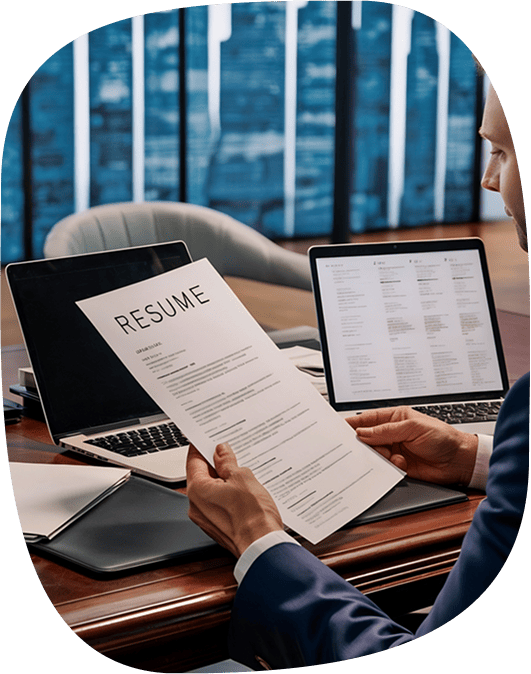
Why Resume Length Matters
A resume should convey your value to recruiters quickly—without going into too much detail. Recruiters generally screen 250 resumes on average for each position they hire for. The latest data shows that most recruiters spend no more than 30 seconds on each resume—so you have very little time to make an impact. Too much information could overwhelm them while too little could make them reject your application.
So, how many pages should a resume be? There is no one-size-fits-all answer—you must adapt your resume to suit your work experience, the job description, and industry expectations.
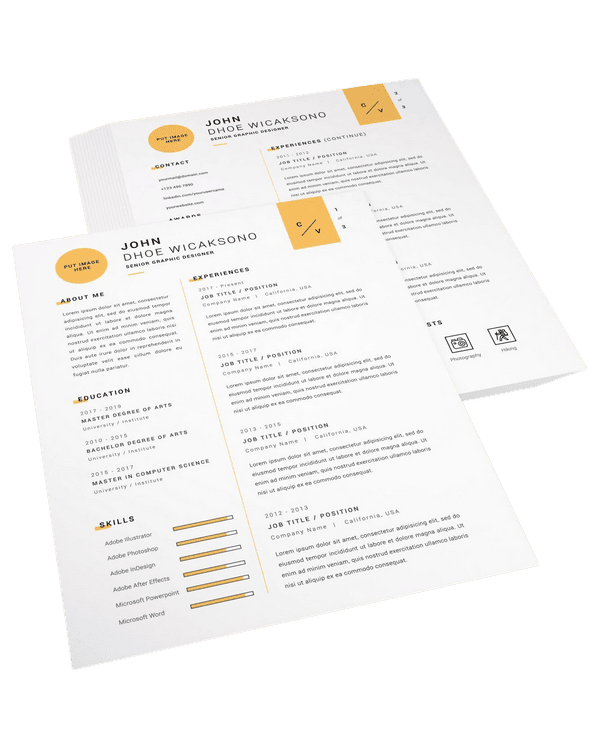
Resume Length for Experienced Professionals vs Freshers
Fresh graduates or those with under five years of work experience usually benefit from shorter, one-page resumes that highlight their skills and experience. If you are changing careers, a tailored resume listing transferable skills related to the desired job role is a must.
On the other hand, experienced professionals, including those with 10 years of experience, can use two-page resumes to cover their broader work history, projects, and skills. For example, those in leadership roles usually have resumes up to two pages long.
However, there are some expectations. For example, people in government jobs may be required to provide detailed case studies or reports on key topics, requiring longer resumes.
One Page Resume: Benefits and When to Use It
One-page resumes work well for:
Benefits
Layout and Visual Design for One-Page Resumes
One-page resumes generally have less space to begin with, which is why it is important to:
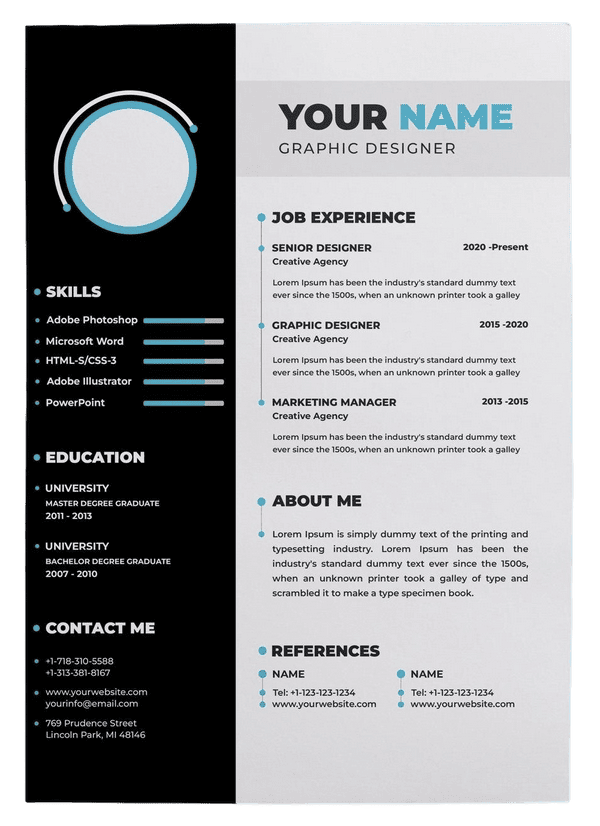
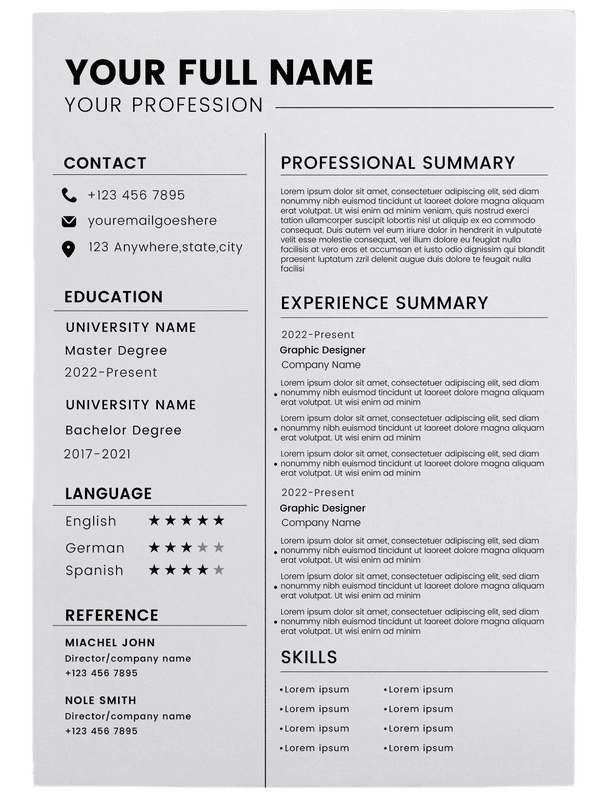
Resume Writing Tips for a One-Page Resume
Two-Page Resume: Benefits and When to Use
If you are an experienced professional or applying for a leadership role, you may need to provide more context about the roles you’ve held and the impact you’ve made. A two-page layout is the ideal resume length for experienced professionals. It provides:
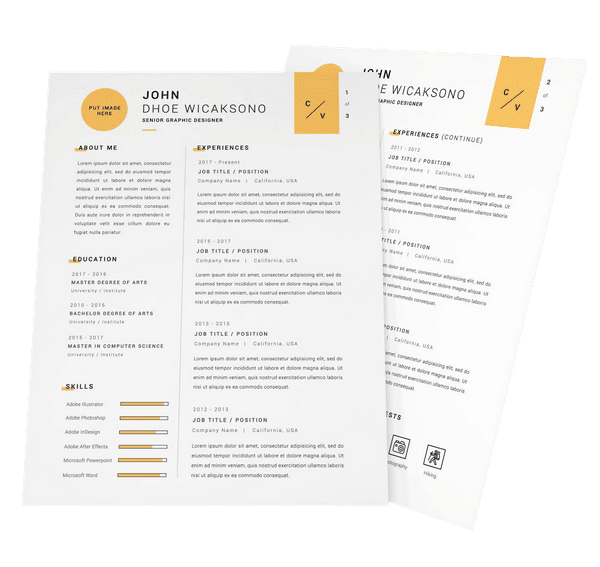
Tips for Writing a Two-Page Resume
Two-Page Resume Structure Options
Two-page resumes require more attention to layout. You can choose from among:
Optimizing Resumes for Maximum Impact
Whether you choose a one-page resume or a two-page resume, make sure you integrate the following best practices to increase the odds of success:
How Long Should a Resume Be: The Final Word
The ideal resume length for experienced professionals or freshers ultimately depends on the relevance of the information in them. If you have 10 years of experience, you can justify two or even three pages—as long as you focus on the most recent experience. Freshers should stick to one-page resumes; it shows professionalism and clarity of thinking.
The key is to include information that shows you in the best light for the role. Everything else is of secondary importance and is best included in a CV—not in a resume. You can also use online platforms to host portfolio links, projects, and case studies. This is a great way to support your resume and keep it concise.

Boost Your Career With GroYouth
As the job market evolves, spotting the right opportunities can feel like a needle in a haystack. Applying to every job in sight can be frustrating—it’s not likely you’ll hear back. GroYouth is a new-age recruitment platform that bridges the gap between market expectations and your career aspirations. Leveraging cutting-edge AI, our platform connects you with the right opportunities on demand.
GroYouth’s proprietary skills and personality assessments bring out your strengths, allowing precise job alignment. Unlike traditional recruiters, our platform vets every job listing to weed out spam or fraud. Whether you seek a full-time, on-site role or a remote (or freelance) job, GroYouth covers it all!
Let the best job opportunities come to you!


